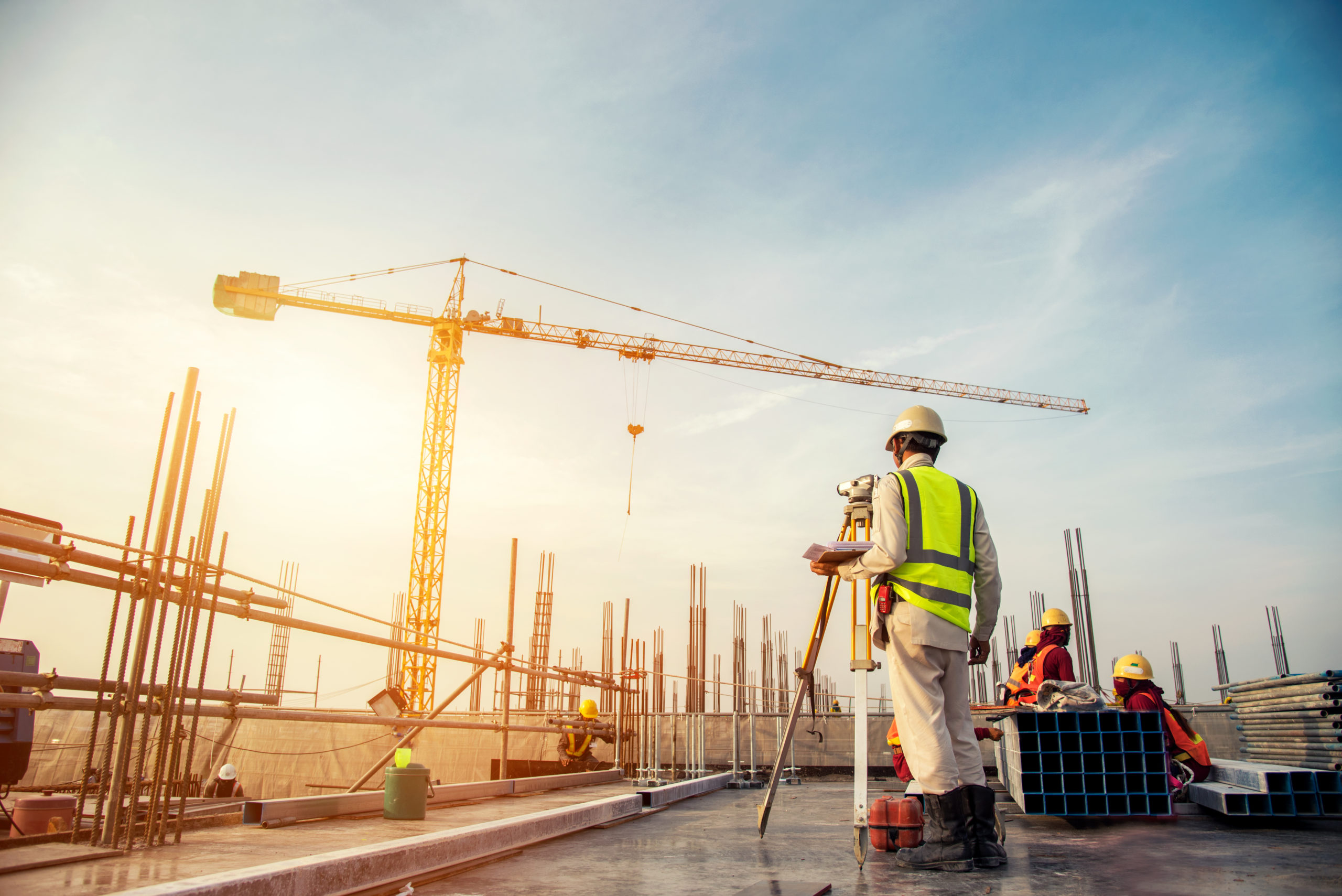Environmentally Responsible Construction
Introduction
Environmentally responsible construction practices have become increasingly important in recent years. With growing concerns about climate change and the need to reduce our carbon footprint, it is crucial to adopt sustainable construction methods that minimize environmental impact. This article explores some key strategies for environmentally responsible construction.
Materials Selection
Choosing environmentally friendly materials is a crucial aspect of responsible construction. Opt for materials that are sustainably sourced, such as certified wood or recycled materials. Additionally, selecting materials with low embodied energy, such as locally sourced materials, can significantly reduce the carbon footprint of a construction project.
Energy Efficiency
Energy-efficient design and construction practices play a vital role in reducing the environmental impact of buildings. Implementing energy-efficient technologies, such as LED lighting, energy-efficient appliances, and smart HVAC systems, can significantly reduce energy consumption and greenhouse gas emissions.
Waste Management
Proper waste management is essential in environmentally responsible construction. Implement recycling programs on-site to minimize waste sent to landfills. Additionally, consider using recycled materials or salvaged items in construction to reduce the demand for new resources.
Water Conservation
Water conservation is another critical aspect of environmentally responsible construction. Incorporate water-saving fixtures and systems, such as low-flow toilets and rainwater harvesting systems, to minimize water usage. Proper landscaping design can also reduce the need for excessive irrigation.
Green Building Certification
Obtaining green building certification, such as LEED (Leadership in Energy and Environmental Design), is a significant achievement for environmentally responsible construction projects. These certifications recognize buildings that meet specific sustainability standards, encouraging the adoption of eco-friendly construction practices.
Conclusion
Environmentally responsible construction is essential for a sustainable future. By prioritizing materials selection, energy efficiency, waste management, water conservation, and green building certification, we can significantly reduce the environmental impact of construction projects. It is our collective responsibility to embrace these practices and contribute to a greener and more sustainable world.
